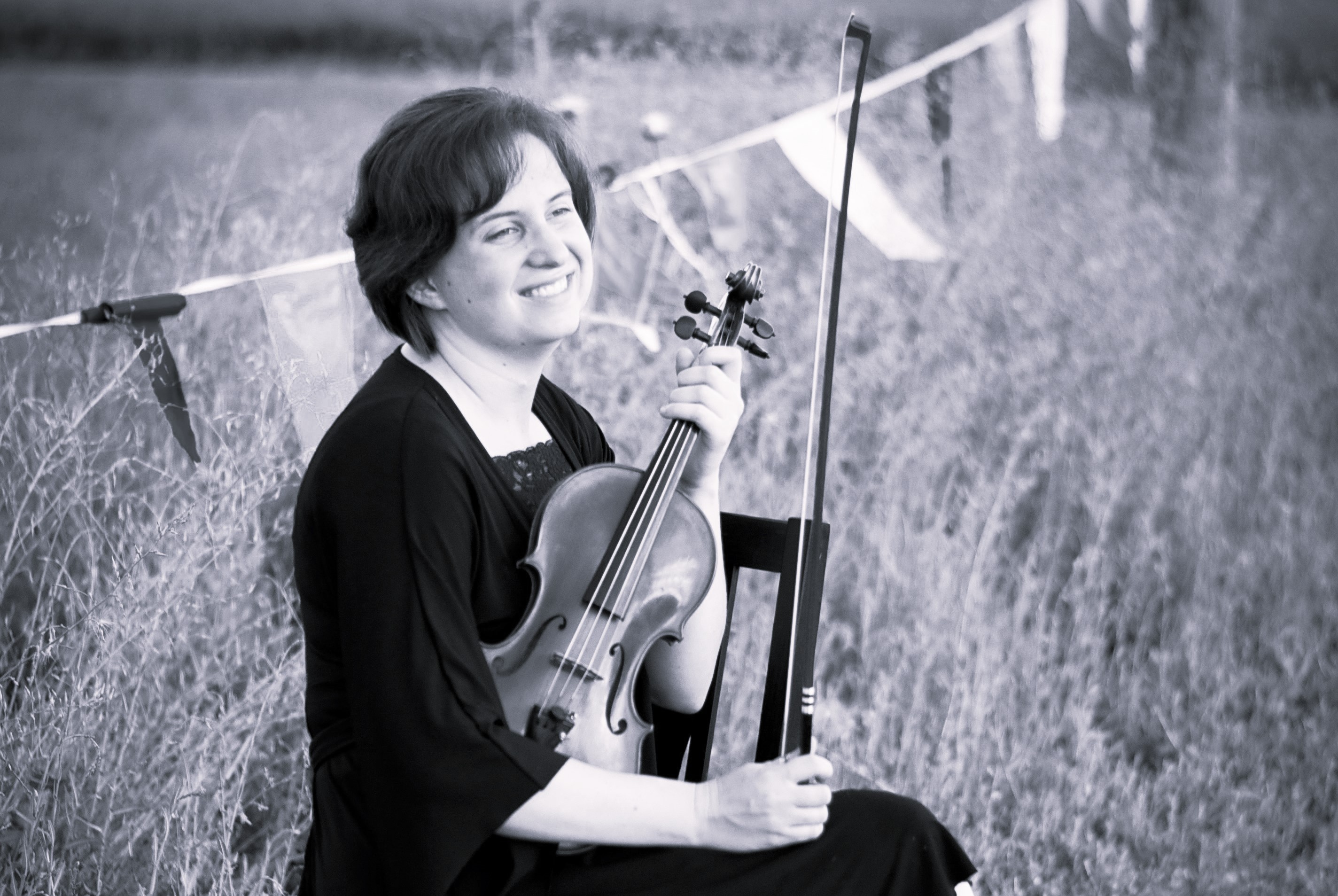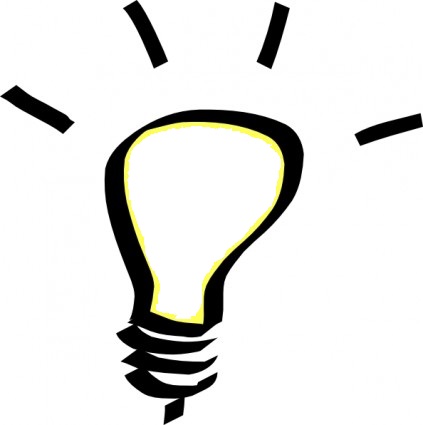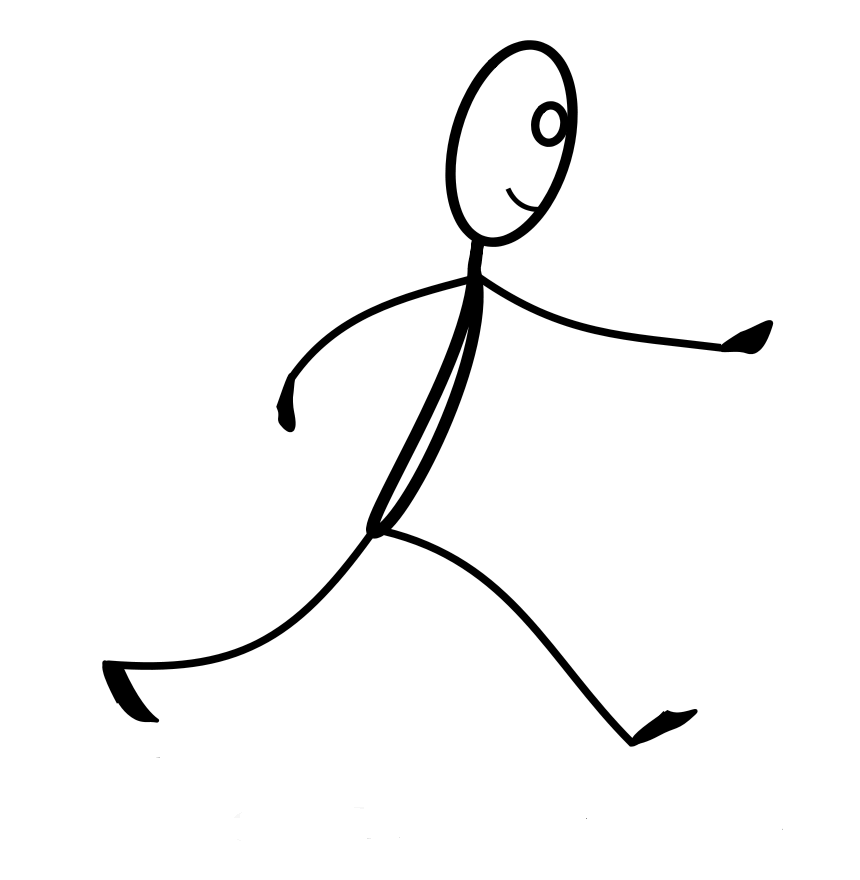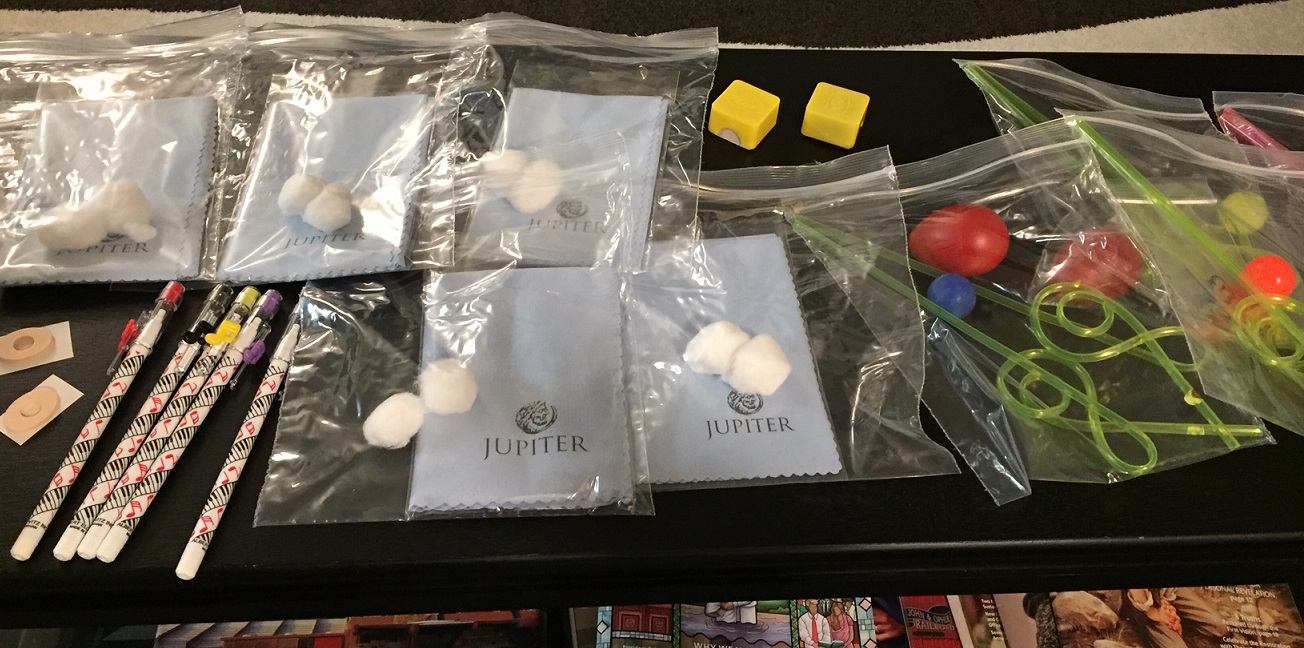
I live in a county with no music store. Thus, I had the idea to create kits of common materials I require for my violin students, to save them a trip across the mountains. Some items I require are not sold at music stores and are expensive or more difficult to find (even online) if you don't buy in bulk. I am making these kits available for purchase to those who see the value of them and don't want to buy from multiple stores themselves. Colors vary between kits.
The first kit is a Beginner Kit ($6) and contains the following items:
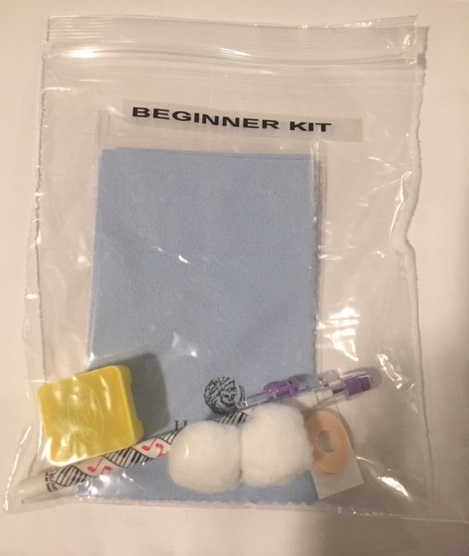
Corn pad Like my first teacher, I refer to this as a "Pinky House." It can be stuck on the bow (as pictured), as a place for the right hand pinky finger to rest. This encourages proper curvature and placement, which is often difficult for young beginning players.
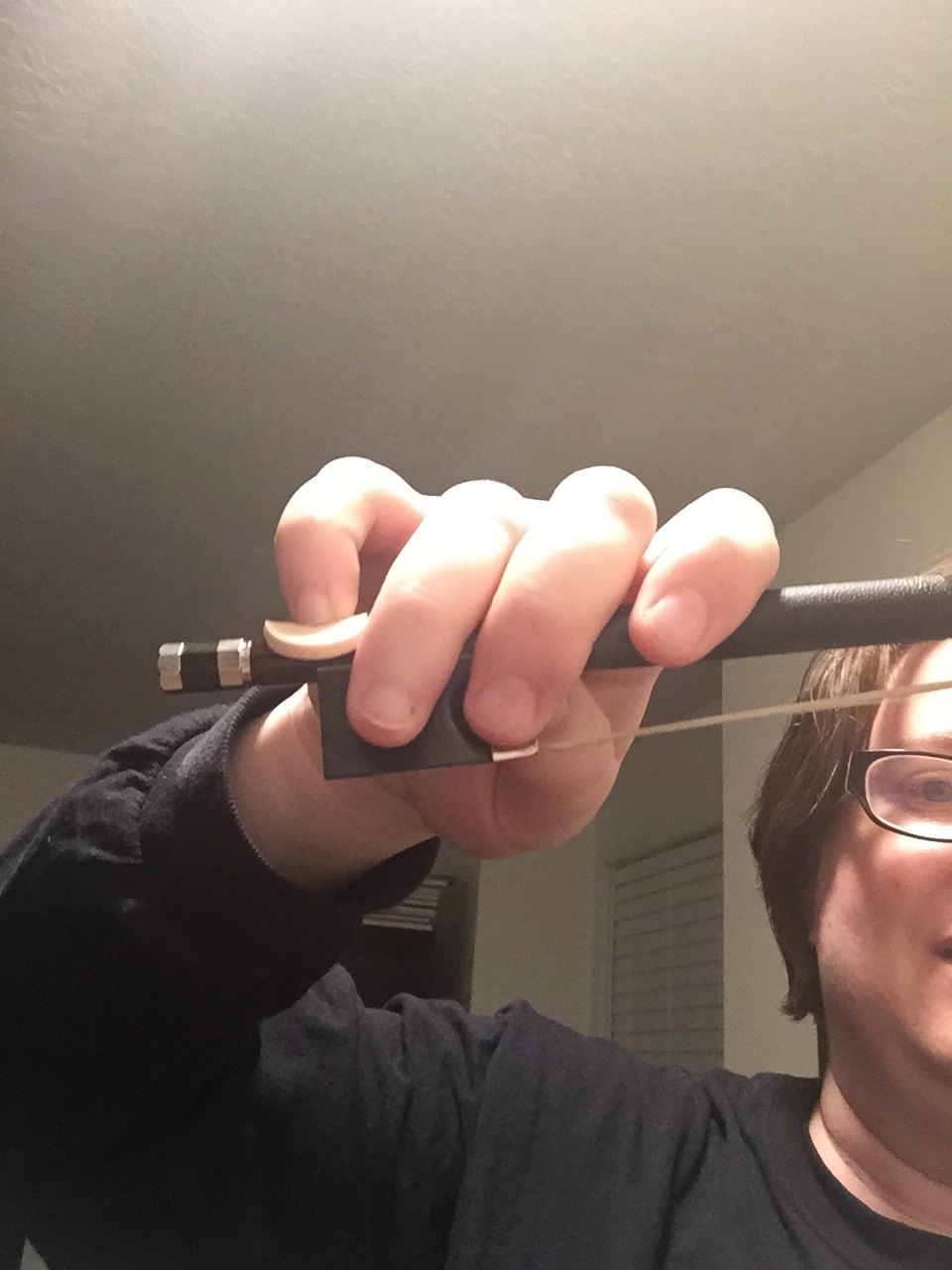
Mini Rosin Rosin can get chipped or shattered when dropped. I've even seen it melt when left in hot temperatures for a long period of time (which is highly discouraged; worse consequences can happen to an instrument in that scenario). It helps to have a spare rosin when starting out, and this type of rosin is the best quality "cheap" rosin I have found. You can also opt to do various bow exercises on the rosin, as the edges of the wooden casing for this particular rosin keep the bow moving straight.
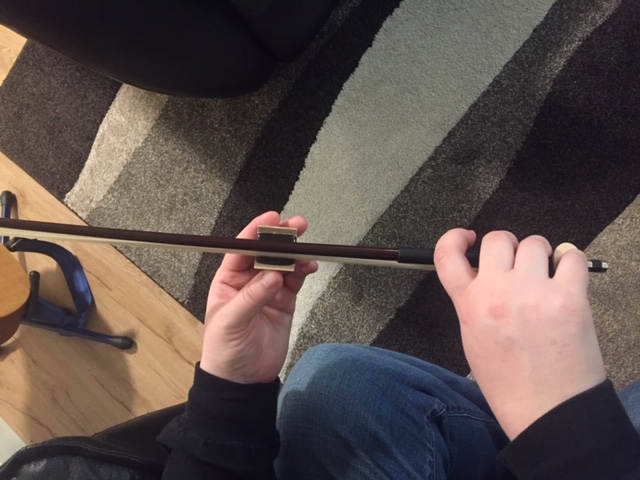
Mechanical Pencil This is actually one of those pencils that was popular in the 80's. You remove one piece of lead when it's dull and push that piece into the bottom of the pencil to move the next lead canisters up. Besides the novelty of having a unique pencil to mark music with, the clip on the pencil is important. When a long bow is hard for a student to hold onto and get used to balancing at first, a pencil is great for practicing "bow exercises" on. Use the clip to brace your thumb against. It will later transfer much easier to a bow hold on the actual bow.
Microfiber Cloth It's important that a child learn to wipe off the rosin that collects under the strings on their violin after they practice. Parents often ask me what type of cloth to buy. While any lint-free cloth will work (even a piece of an old T-shirt or glasses cloth will do), a microfiber cloth may be the best option.
Cotton Balls These help maintain a nice, open, round space in both hands (as pictured) during practice. Good for posture, they also help remove tension in the hands.
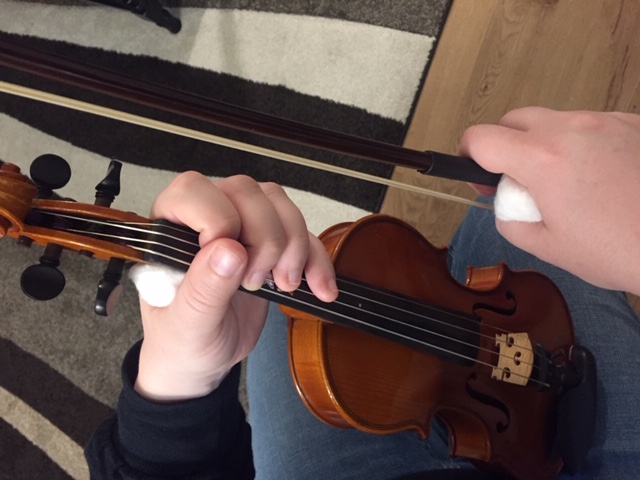
The other kit I make is a Vibrato and Tone Kit ($8):
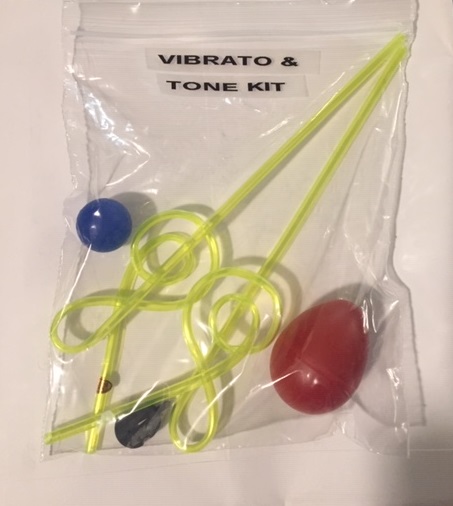
Treble Clef Straws So many students who don't start with a private teacher develop bad habits, particularly in bow placement. Even private teachers may struggle with a brand new student. You've probably seen that student whose bow will not stay straight, or who prefers sliding over the fingerboard (off-roading, as it were) rather than staying between the fingerboard and bridge where they belong.
Between the bridge and fingerboard is where a good solo tone is developed. These straws are small enough in diameter that they can be placed in the tops of the f-holes on the violin, creating a barrier that the bow can't cross, forcing the student to practice straight bows closer to the bridge, and thus, developing better tone. The straws can be cut down if too tall, or placed in the wider part of the f-hole and then moved up, on a smaller violin.
The picture shows them without any trimming, in the top of the f-hole (on a full-size violin). I tell my students that once we decide they no longer need the straws for this purpose, they can use them as drinking straws. They are also useful for tracing the curves of the treble clef, when students are learning to write down their own music.
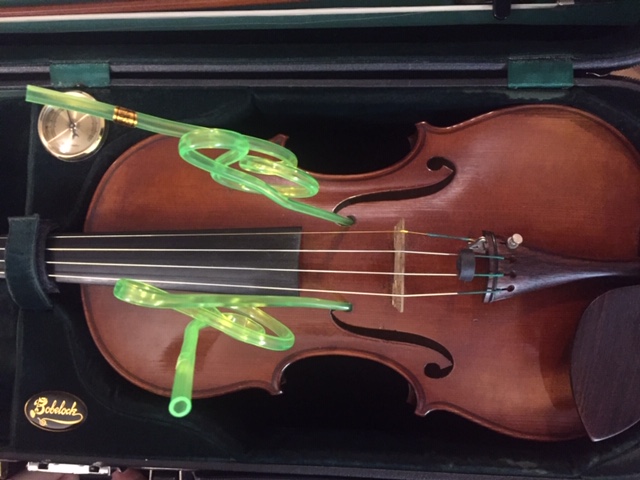
Mute Useful for orchestra in particular, the timbre change when using a mute is definitely tone-related. This type of mute clips onto one of the strings (a slight difference from the one pictured) and rests behind the bridge until used.
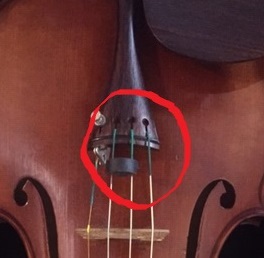
Egg Shaker One very common preparatory vibrato exercise involves holding an egg shaker in the left hand and shaking it slowly, in rhythm, with the hand going from a flat position, palm up (holding the shaker) to flopping "back," and then coming back to the flat position, repeating the motion over and over. During my childhood, we used film canisters filled with rice. Shakers are more practical for the 21st century.
Super Ball This is also for vibrato. Students roll the ball under their fingers along the strings of the violin so their wrist gets used to the required flexibility and motion.

Scales This would be considered a bonus or add-on item to the kit. Before I teach my students vibrato, I make them learn all the major scales in first position, so I know they can play every note in tune. While it is possible to buy a book, it's cheaper and more convenient for me to have the scales written down according to my own specifications. Sometimes I will make a student write the scales out themselves.
Have I convinced you? If you are interested in ordering some of these kits for your child or studio, please click here!
